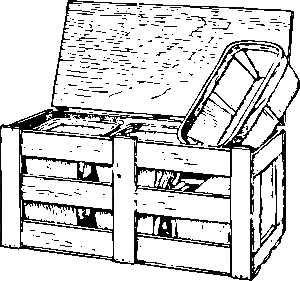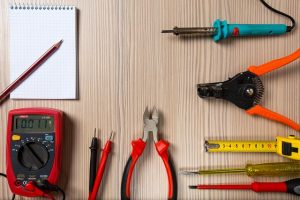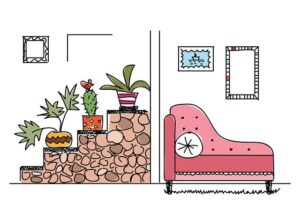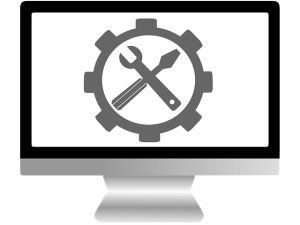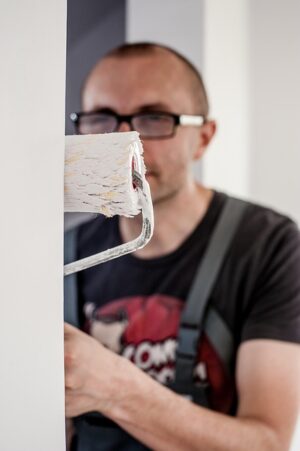DIY home repair and maintenance can save costs and personalize your space, but requires careful planning. Common mistakes include scope underestimation, missing supplies, and ignoring challenges. Unskilled repairs may lead to subpar results, safety risks, or further damage. Essential tools and learning basic techniques enhance DIY success. For complex tasks, recognizing when to hire professionals ensures property integrity, safety, and long-term savings.
Struggling with a half-finished DIY project? Don’t worry, you’re not alone. Even seasoned homeowners encounter failures along the way. This article is your go-to guide for navigating common DIY mishaps and transforming them into manageable tasks. We’ll explore essential handyman solutions, from understanding failure causes to equipping yourself with the right tools and techniques. Learn when it’s time to call a professional for effective home repair and maintenance.
- Understanding Common DIY Failures and Their Causes
- Essential Handyman Tools and Techniques for Quick Fixes
- When to Call a Professional: Limitations of DIY Repairs
Understanding Common DIY Failures and Their Causes
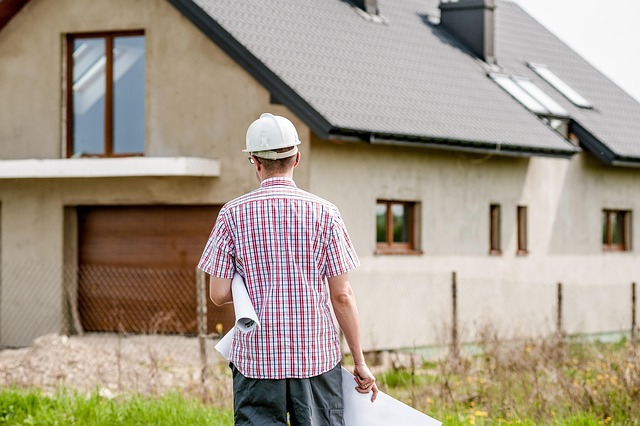
DIY projects are a great way to save costs and personalize your home, but they can often lead to frustrating failures. Understanding common DIY mishaps and their root causes is half the battle won in the realm of home repair and maintenance. One of the most frequent issues is a lack of proper planning and preparation. This may include not assessing the scope of the project accurately, neglecting to gather the necessary tools and materials, or failing to consider potential challenges along the way.
Another significant factor contributing to DIY failures is a lack of skill or experience. While many tasks can be tackled by amateurs, some projects require specialized knowledge and techniques. Attempting complex repairs without the right expertise can lead to subpar results, safety hazards, or even further damage to your property. Recognizing these common pitfalls allows handy homeowners to prepare accordingly, ensuring their DIY endeavors have a higher chance of success.
Essential Handyman Tools and Techniques for Quick Fixes

When it comes to DIY projects, every handyman needs a well-stocked toolkit to tackle unexpected failures or minor repairs quickly. Essential tools such as a versatile screwdriver set (with both flat and Phillips heads), pliers, a hammer, measuring tape, and a level are indispensable for a wide range of home repair and maintenance tasks. These fundamental instruments allow you to tighten loose screws, remove stubborn nails, hang pictures, install shelves, and ensure that doors and windows close properly, among countless other applications.
Mastering simple techniques can further enhance your DIY capabilities. For instance, learning how to use a utility knife for cutting various materials, applying silicone caulk for sealing gaps, or employing wood putty to fill holes and scratches not only speeds up repairs but also improves the overall aesthetics of your home. These quick-fix solutions empower you to maintain your living space efficiently, saving time and money while keeping your DIY spirit alive.
When to Call a Professional: Limitations of DIY Repairs

While the allure of DIY projects is undeniable, there comes a time when even the most adept do-it-yourselfer realizes their limits. Home repair and maintenance tasks that seem simple enough at first glance can quickly turn into frustrating nightmares if not approached with the right expertise. Attempting to save costs or gain a sense of accomplishment by tackling complex repairs without proper knowledge can lead to further damage, safety hazards, and more expensive future repairs.
Recognizing when to call a professional is crucial for effective home repair and maintenance. Signs that it’s time to seek expert help include structural issues, intricate installations (like electrical or plumbing work), specialized tools required, or tasks involving heights or hazardous materials. Trusting these jobs to licensed professionals ensures not only the longevity of your property but also your safety and peace of mind.
Whether you’re a seasoned DIYer or just starting out, facing home repair challenges can be frustrating. By understanding common failures, investing in essential handyman tools, and knowing your limitations, you can tackle many minor issues yourself, saving time and money on home repair and maintenance. Remember, while DIY solutions offer flexibility and satisfaction, there are times when calling a professional is the best course of action for complex or potentially hazardous repairs.



